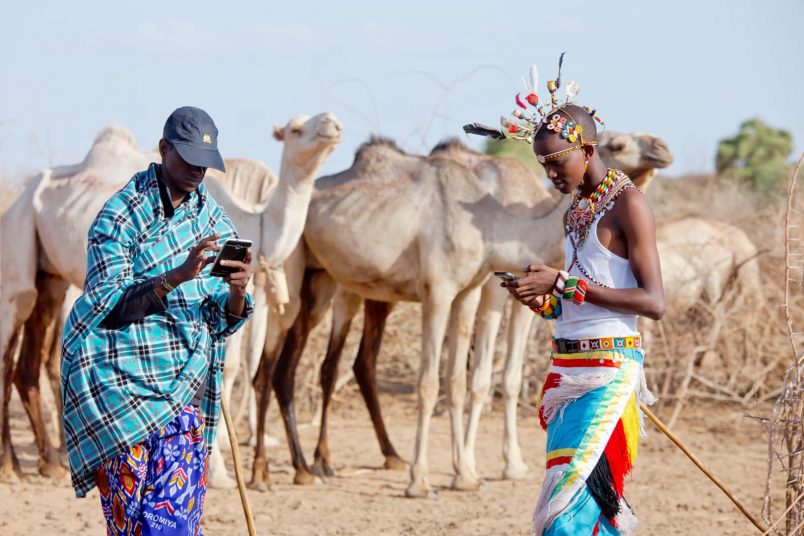The Smart Africa Alliance, a group of primarily 32 African countries, has teamed up with Japanese technology giant, SoftBank, on the use of non-terrestrial connectivity to spread internet access to underserved regions on the continent. The Alliance also comprises international organisations and global private sector players tasked with implementing Africa’s digital agenda.
The pan-African group operates under the Smart Africa Manifesto framework and was set up to accelerate the continent’s development through the use of Information and Communications Technologies (ICTs) and better access to broadband services.
Globally, Africa is home to the second-largest number of people but has the lowest number of Internet connections. As of the end of 2019, mobile internet adoption in the continent stood at a meagre 26%, according to a GSMA report.
Expanding access and network coverage to large parts of the region continues to be a major challenge for governments and the private sector alike.
Smart Africa aims to double the internet penetration rate to 51% by 2025 and is working to implement the Bulk Capacity Purchase Project. This is an investment plan that aims to deliver affordable internet connectivity for African citizens through large-scale joint procurement efforts of Smart Africa member countries.
Five African countries have reportedly expressed interest in the Project. These include Djibouti, Egypt, Kenya, Morocco, and Rwanda.
The investment will enable Smart Africa to combine a number of existing approaches to satellite and high-altitude communications to broaden broadband access. This is where SoftBank comes in.
A recently announced agreement between both parties reveals plans for Softbank to deploy its non-terrestrial network (NTN) solutions to reduce internet costs and build affordable internet infrastructure, mostly in the remotest regions in Africa.
Up until now, the major channels used for broadband in Africa have been fibre networks and satellite connectivity, both of which are expensive and time-consuming. There is now a growing interest in high-altitude platform stations (HAPS) for connectivity as an alternative for underserved regions.
HAPS are launched into the stratosphere, much lower to the ground than typical satellites, to provide broadband connectivity. They are a type of NTN – an umbrella term for any network that involves non-terrestrial flying objects. It also comprises satellite communication networks, air-to-ground networks, Drones (Unmanned Aircraft Systems), etc.
SoftBank will make use of the connectivity services of several companies that provide NTN solutions in its project in Africa.
Providing connectivity from space and the stratosphere comes with the advantage of not having to deal with technical problems associated with earth-based infrastructure. HAPS for instance could be deployed in remote areas with rugged terrain, underserved regions and low population areas.
However, whether the project can be done affordably is another question due to its expensive nature. Nothing was said about how it will be funded in the statement though it is probable SoftBank will part-fund it with contributions also coming from Smart Africa’s member countries and partners.
The question of funding is particularly crucial because a similar internet access initiative has floundered recently over an inability to find a financially viable business model.
Google’s parent company Alphabet this year pulled the plug on Loon, which sought to deepen broadband connectivity in Africa’s remote regions using internet-beaming balloons, starting in Kenya.
Did you enjoy reading this article? Please fill out this survey. We need your feedback to help us introduce content you will find useful.











